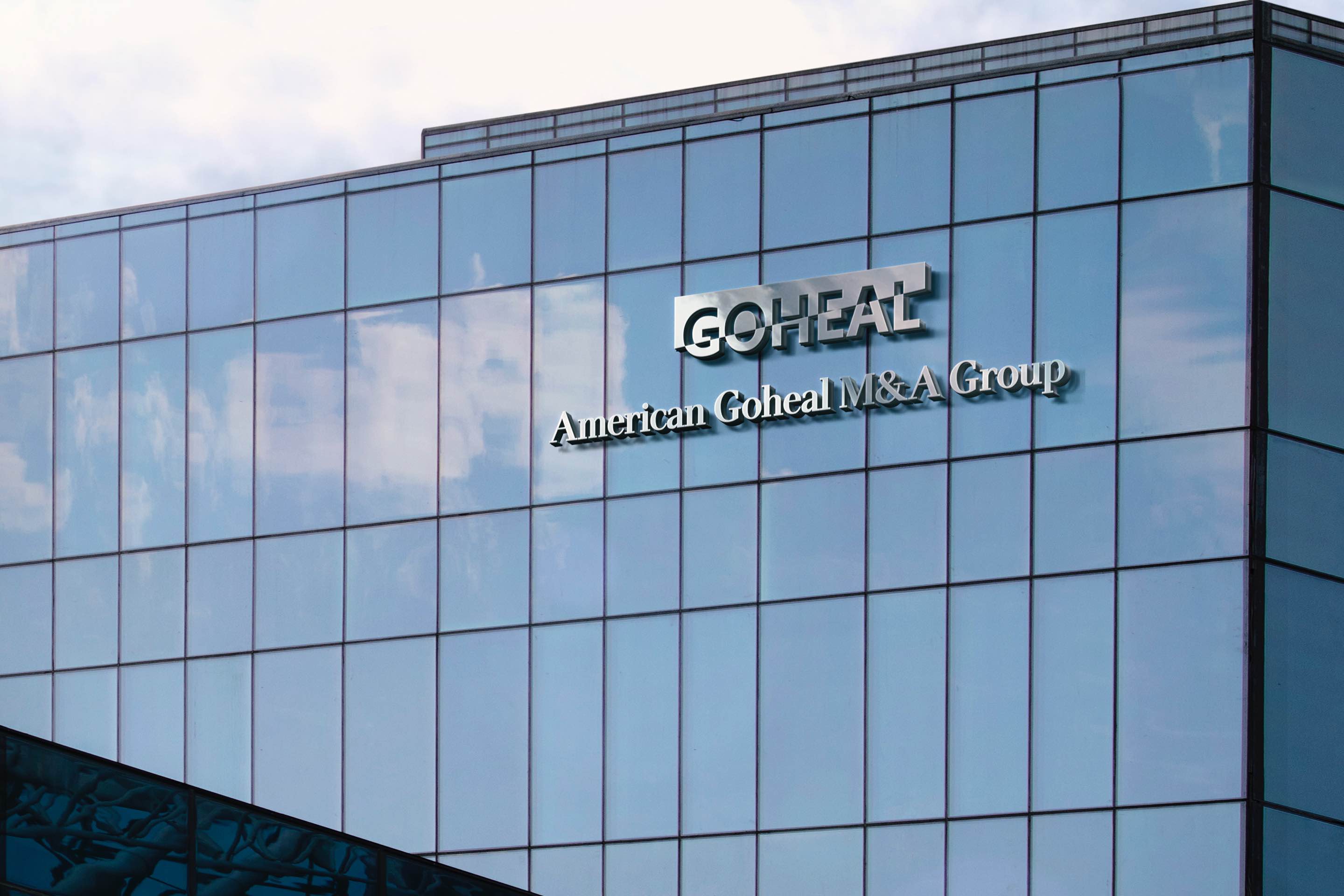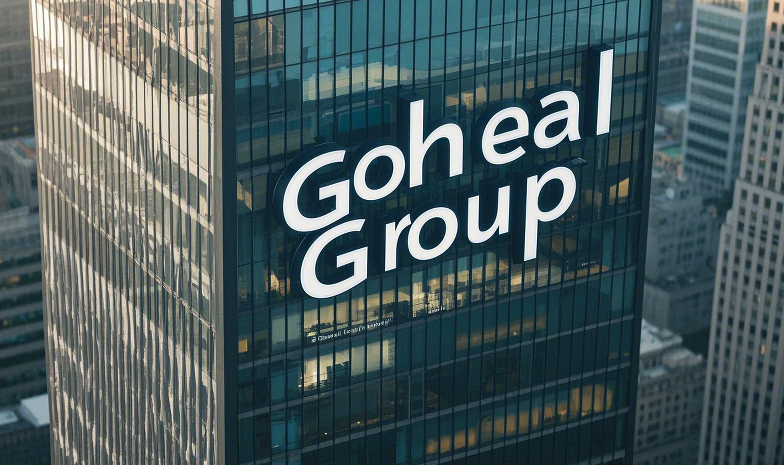"If you want a tree to grow tall, you must strengthen its roots; if you want water to flow deep, you must strengthen its foundation." In the business world, many companies will choose mergers and acquisitions as a means to achieve higher market goals. On the surface, it seems that behind every merger and acquisition, there is a simple and direct motivation - to grow bigger and stronger. But can this "bigger and stronger" rhetoric really encompass all the complex motivations behind mergers and acquisitions? When listed companies carry out mergers and acquisitions, are they purely motivated by growth needs every time? Goheal believes that the motivations behind business are far more complex than the outside world imagines, and the deep-seated motivations are worth our in-depth discussion.
"Desire" behind mergers and acquisitions
In the competition of modern business, scale is often regarded as one of the signs of success. Therefore, many companies have one goal when conducting mergers and acquisitions - to expand market share and enhance their own competitiveness. But if we analyze the background of each merger and acquisition transaction, we may find that the motivation is not just a simple "bigger and stronger".
For example, some M&A cases of multinational companies in recent years show that many M&A are not simply for expanding market share, but for quickly entering emerging markets, or even for obtaining certain patents or technologies. When Goheal provides M&A consulting services to clients, he finds that technological breakthroughs and market barrier breakthroughs often occupy a more important position in the M&A motivations of many companies. Just like Google's acquisition of Android in 2005, Google's acquisition at that time was not simply for expanding market share, but for fundamentally changing its competitive situation in the mobile Internet market.
Resource integration and risk hedging: the strategic intention of M&A
The term "M&A" is more often a process of resource integration. In many cases, companies gain not only a larger market share or more funds through M&A, but also a diversified risk hedging tool. Especially in the face of uncertain markets, the purpose of M&A for many companies is to diversify potential risks by integrating different business segments.
For example, a domestic listed company entered a new field that was not completely related to its original main business through M&A in the face of overall market shrinkage. In this way, the listed company not only effectively avoided the risk of industry downturn, but also gained greater flexibility and profit space. The motivation behind this kind of merger and acquisition is obviously no longer limited to "becoming bigger and stronger", but more deeply to achieve effective risk management through diversification strategy.

American Goheal M&A Group
Goheal's long-term experience in mergers and acquisitions shows that, especially in an environment with large fluctuations in the financial market, enterprises can greatly reduce their exposure to market risks by acquiring or merging other businesses with stable cash flow. It can be seen that when enterprises are acquiring, they often not only consider becoming bigger and stronger, but more importantly, how to make strategic layouts through mergers and acquisitions to enhance their ability to resist risks.
From "becoming bigger and stronger" to "control and harvesting": the desire for manipulation of mergers and acquisitions
The acquisition of control rights may be one of the deepest motivations for listed companies to acquire and reorganize. In many merger and acquisition transactions, we will find that companies are not just buying a target company, but more about pursuing control over the company's future decisions. In the capital market, the acquisition of control rights often means the reconfiguration of resources and the direct dominance of the company's future direction.
For example, some companies clearly set the "decision-making power" clause for the target company during the merger and acquisition process-once the acquisition is completed, the company will have the right to appoint members of the target company's board of directors and the right to adjust the management, etc. For these companies, mergers and acquisitions are not only for the expansion of market share, but also for the control of market rules and industry discourse power.
It is worth noting that in many cases, the control obtained by enterprises through mergers and acquisitions is often used for some form of capital "harvesting". In this situation, mergers and acquisitions become a means for some shareholders or founders to "cash out". With the completion of the merger and acquisition, the original shareholders can realize capital appreciation by selling their shares. Goheal has assisted many clients in completing similar acquisition projects, many of which involve capital harvesting, which cannot be ignored.
Market-driven and financial motivation: the "multiple faces" of mergers and acquisitions
Behind mergers and acquisitions, there are not only market-driven factors, but also financial motivations. As a financial tool, the most intuitive effect of mergers and acquisitions is the use of "financial leverage". Through mergers and acquisitions, companies can effectively utilize the financial resources of the target company, optimize the capital structure, and improve their own financial returns in a short period of time.
For example, some listed companies achieve rapid expansion by acquiring companies with lighter burdens and leveraging the leverage effect of debt financing. In this case, the company is not only pursuing an increase in market share, but also focusing on enhancing the company's financial flexibility and return on investment through the optimization of capital structure. Goheal has also provided precise M&A solutions for many clients in this regard, helping companies to use leverage effects in the capital market to achieve greater financial benefits.
Of course, in these M&A cases, companies also need to pay attention to the potential risks brought by financial motivations. Over-reliance on leveraged financing may lead to excessive financial pressure, which in turn affects the long-term stable development of the company. Therefore, when conducting M&A, companies need to rationally evaluate their own financial situation and the financial pressure after the M&A to ensure that the M&A solution can truly bring value, rather than simply financial accumulation.
External factors of M&A: M&A "behind-the-scenes pusher"
In addition to internal motivations, many M&A behaviors are also driven by external environmental factors. Especially under the influence of policy changes, industry trends, market competition and other factors, companies often choose to respond to external challenges through M&A. For example, changes in the government's regulatory policies on a certain industry may prompt companies to make structural adjustments through M&A; new competitors have emerged in the market, and companies may also expand rapidly through M&A to resist external competitive pressure.
In recent years, with the changes in national economic policies and the intensification of domestic and foreign market competition, many listed companies often consider how to quickly adjust their layout in policy changes when acquiring companies. The driving force of this external environment makes mergers and acquisitions no longer just a demand for internal growth, but also a necessary means to cope with changes in the external environment.
Goheal helps clients conduct mergers and acquisitions at the right time through accurate analysis of the macroeconomic environment and policy orientation, so as to ensure that the merger and acquisition behavior not only meets the internal goals of the enterprise, but also adapts to changes in the external environment. In this way, enterprises can occupy a favorable position in the fluctuations of policies and markets.

Goheal Group
Conclusion: There is not a single motivation behind mergers and acquisitions
The motivation for mergers and acquisitions of listed companies is far more than "becoming bigger and stronger". Although this is the most common reason, in fact, companies can achieve a variety of strategic goals through mergers and acquisitions, including the acquisition of control, financial optimization, risk diversification, and responding to changes in the external environment. Behind every merger and acquisition transaction are complex trade-offs and considerations, which is one of the challenges faced by modern enterprises.
So, in the future, how can listed companies make more accurate merger and acquisition decisions in a complex market environment? Can we see more in-depth motivations and strategic layouts in many merger and acquisition cases? This question is worth every investor and entrepreneur's deep thought.
Readers are welcome to leave a message for discussion: What do you think are the motivations for listed companies to merge and acquire? How do you view companies' risk management through mergers and acquisitions?
[About Goheal] Goheal is a leading investment holding company focusing on global mergers and acquisitions. It has deep roots in the three core business areas of acquisition of controlling rights of listed companies, mergers and acquisitions of listed companies, and capital operations of listed companies. With its profound professional strength and rich experience, it provides companies with full life cycle services from mergers and acquisitions to restructuring and capital operations, aiming to maximize corporate value and achieve long-term benefit growth.